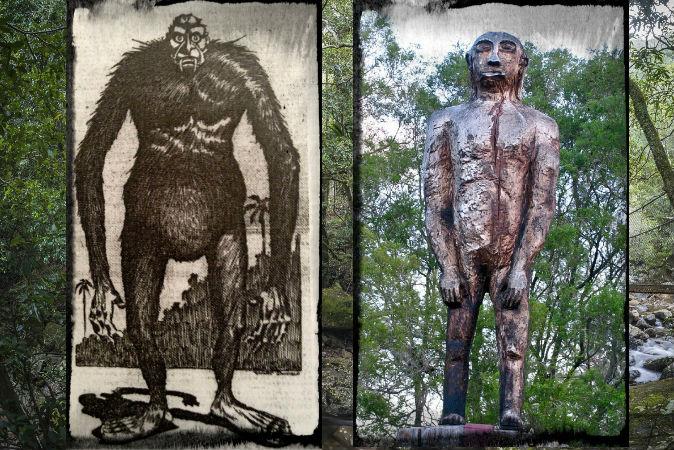Bigfoot is often conceptualized as an elusive primate unknown to modern science—but there are other ways of looking at it.
As fantastic as the idea of an unidentified primate is, it gets weirder as we explore other theories.
Lore related to such a creature is ubiquitous—from the yeti of the Himalayas, to the sasquatch of North America, to the legendary creature in Australia known by several names, including dulugal, hairy man, yahoo, yowie, or the Australian gorilla.
"Perhaps the elusive hairy man is, as Dr. McCoy of 'Star Trek' might say, 'life—but not life as we know it.'"
, authors,





